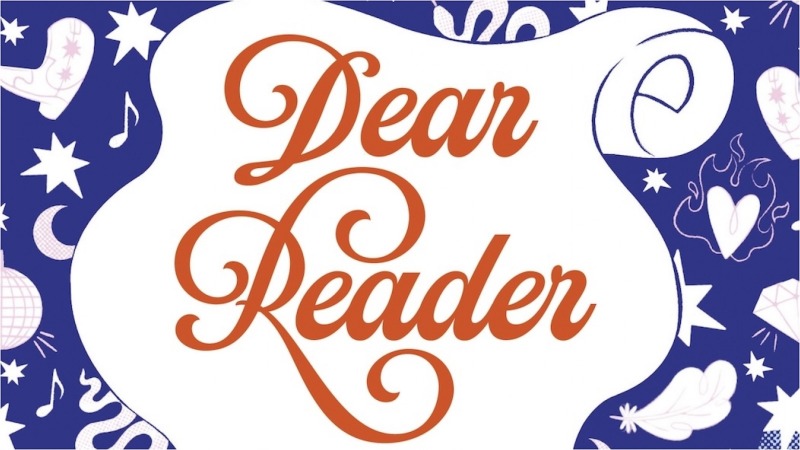Between Eras: How Taylor Swift’s Work Lives On Without Her

I often think about what it will be like when Taylor Swift dies. Not in a morbid way, not in a psycho-killer way. I hope peacefully, in her sleep, many years from now at a completely appropriate age and after a long, fulfilling life and career.
Don’t get the wrong idea before I even make my point.
I consume Taylor Swift like a drug. Her music, her relationships, her legal battles, and all of her public interactions fill the feeds of my various social media channels… and I eat it up. Taylor content was the one thing holding me hostage to X before I finally cut ties with the platform for good. And you bet your bottom dollar I would excuse myself from any social interaction I was at to tune into a Tess Bohne livestream of the Eras Tour for surprise song-o’clock. From March 2023 to November 2024, I was glued to the black mirror in my palm anytime Taylor Swift took the stage—the one she performed on or the one she lives on.
Like anything you consume in excess, your body goes through withdrawals when it’s taken away. And for a while, it really doesn’t feel good. My feed is boring. I have nothing to talk about in the group chat. It’s like going no contact with a toxic ex (also a drug of its own)—you’re left creeping on their Instagram every few days, only to be reminded that it’s no longer “in” to post like an influencer anymore, just the occasional blurry photo dump.
But the difference between Taylor Swift and my ex—besides talent, money, and a lot of other things—is that Taylor leaves behind work that keeps on living. Her lyrics don’t die with her. They don’t even go quiet when she disappears for six months, only to resurface with a surprise performance at a college-aged honky tonk in Nashville, of all places.
After the initial heartbreak fans will endure the day Taylor dies, disappears, goes into hiding, or simply doesn’t give them what they’ve been patiently waiting for (rest in peace, Reputation (Taylor’s Version)), they will survive through the legacy of her art—the same way we continue to find new, breathing meaning in the works of William Shakespeare, Oscar Wilde, or the Brontë sisters.
Taylor’s music doesn’t just mimic literature. It doesn’t just remix the lines of Shakespeare’s greatest works, such as when she mentions “a rose by any other name” in “The Albatross,” a play on Juliet’s famous line from the star-crossed balcony scene, or the “saboteurs [who] protested too much,” a call on Queen Gertrude’s line from Hamlet. She doesn’t just name drop William Wordsworth, the father of the Romantic literary movement, in “the lakes” or reimagine Alice in Wonderland and Peter Pan across eras.
Taylor’s music is literature, and like the best of it, her work will live loudly for generations—so long as we keep engaging with it, rereading it and treating it with the same curiosity we’ve given the classics for centuries.
If you don’t believe me, let me challenge you: When was the last time you returned to one of Taylor’s lyrics, a word she used that stumped you, a double entendre that kept you awake at night, or a slight that made you question who could ever do wrong by her?
That is literary analysis—a critical examination of a text, focusing on its meaning, structure, and an author’s choices to create certain effects. By definition, literary analysis is not limited to books. Post-1960s literary theory declares “text” to be any piece of communicative art that you can interpret. So that can be a novel, poem, song, movie, performance, or a cultural phenomenon.
Taylor’s music (or her “text”) begs us to analyze it like pieces of literature. Her lyrics are layered with storytelling—narratives in folklore and evermore—symbolism such as snakes and butterflies, from her Reputation to Lover eras, and references—blatant callouts to The Great Gatsby in “This Is Why We Can’t Have Nice Things,” that go beyond just writing a catchy song. She’s built an entire career around intricate songwriting that makes her work feel just as complex as the books we grew up reading as precocious children.
-

-

-

-

-

-

-

-

-

-

-

-

-

-

-

-

-

-

-

-

-

-

-

-

-

-

-

-

-

-

-

-

-

-

-

-

-

-

-

-








































